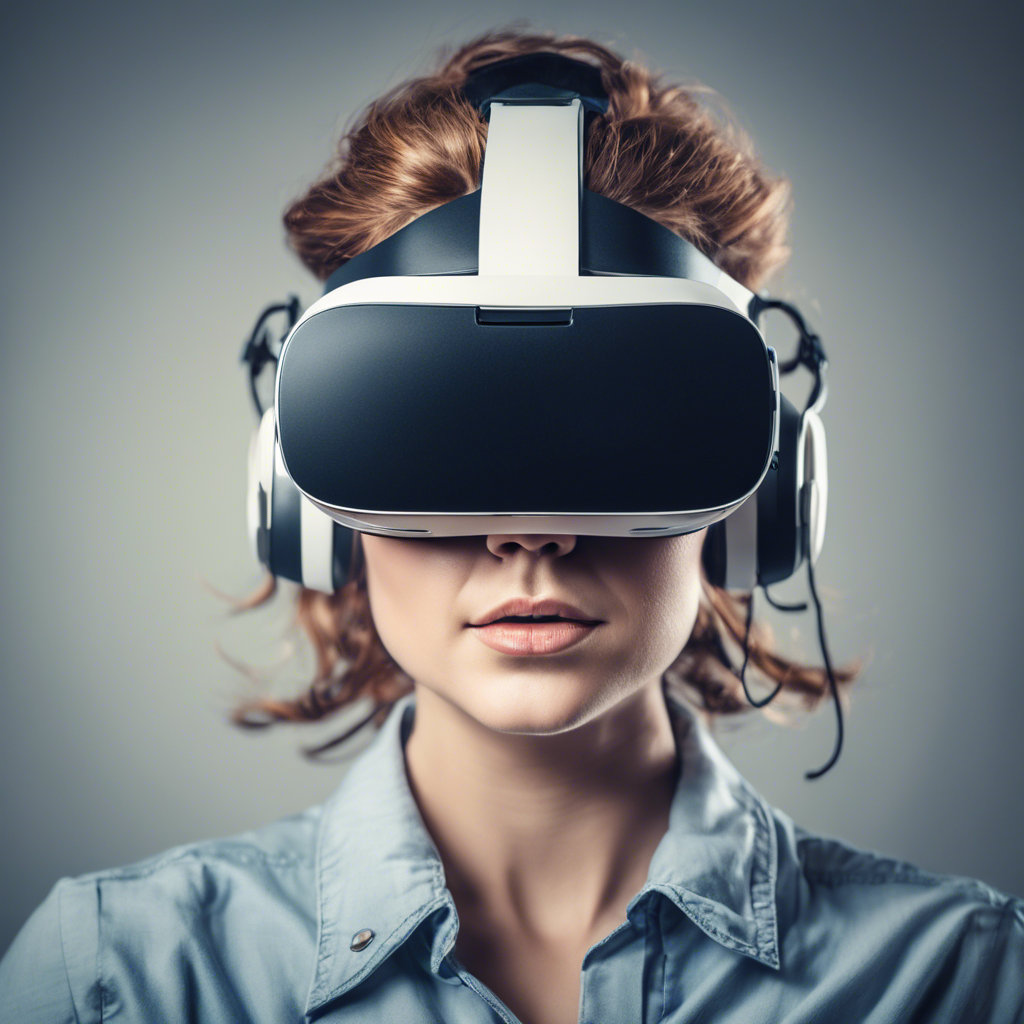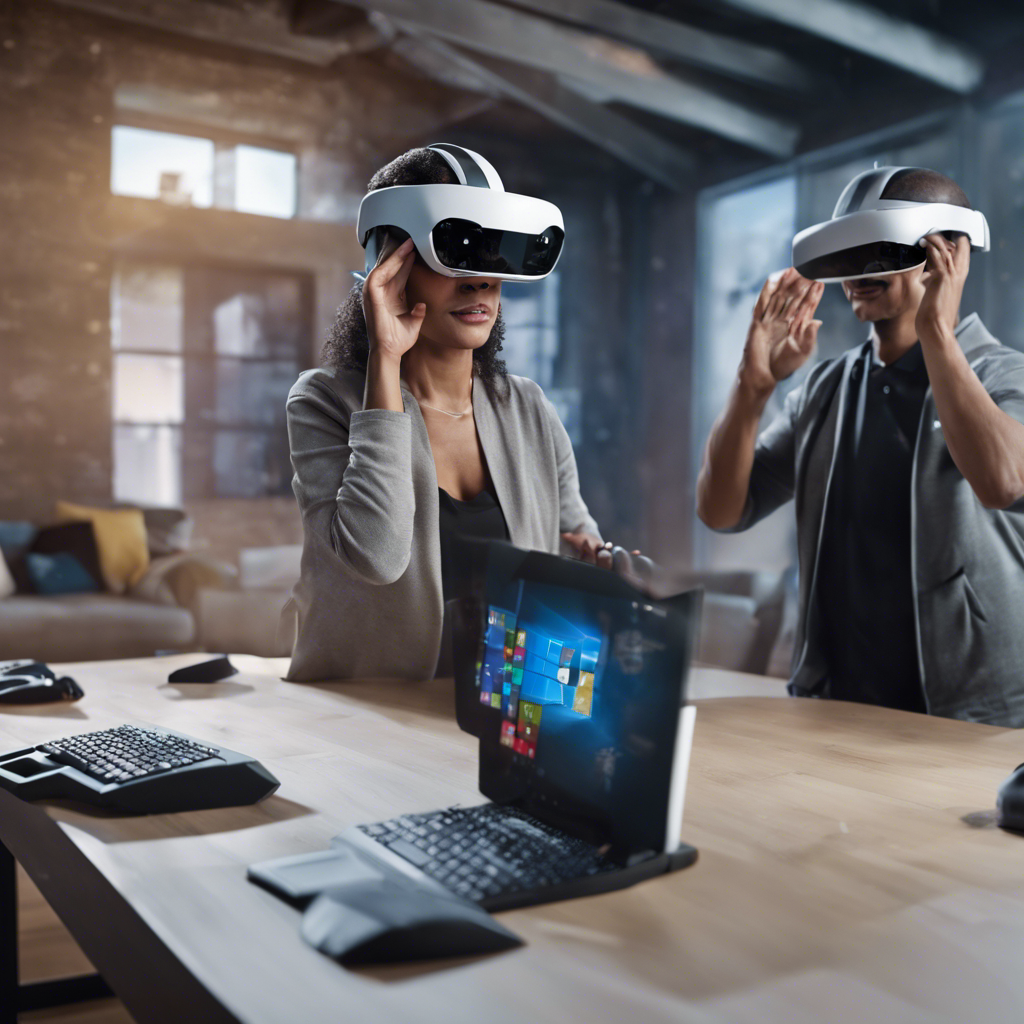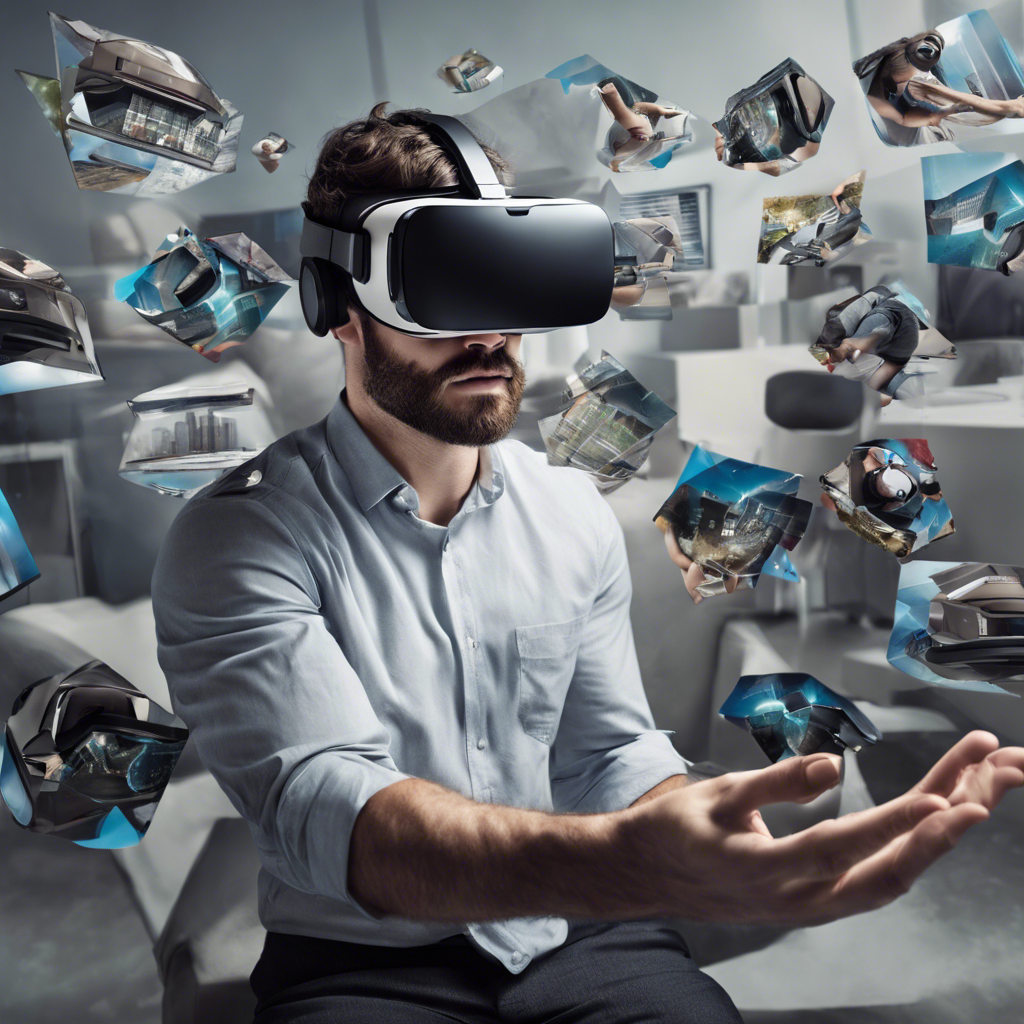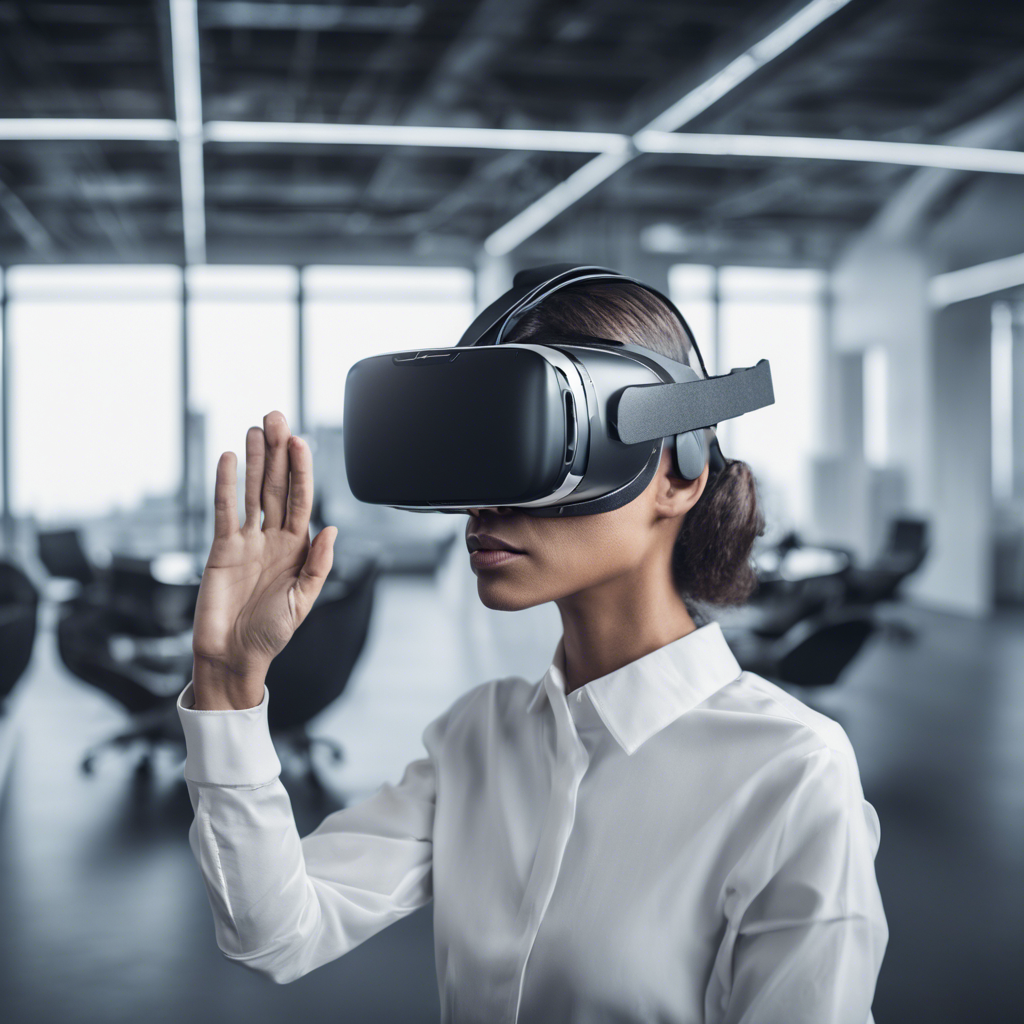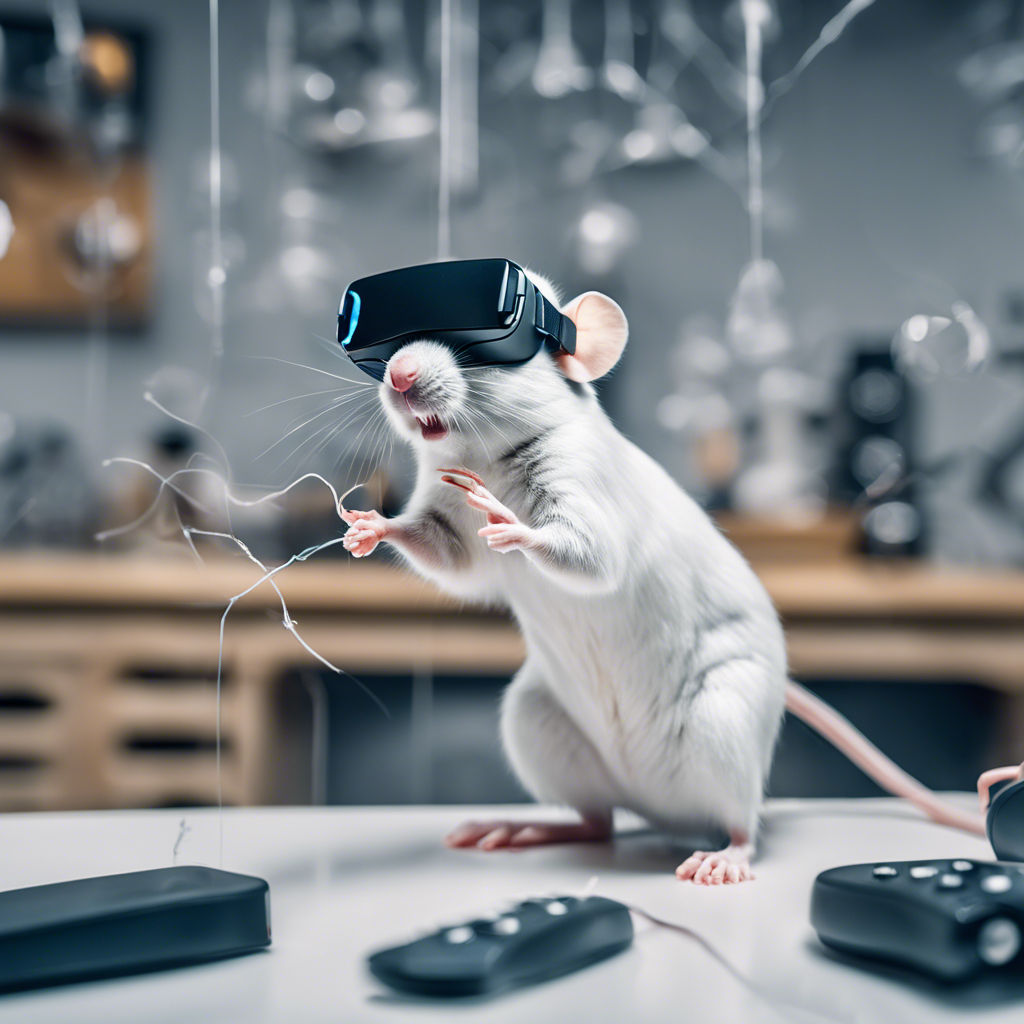New treatments for amblyopia aim to improve depth perception and visual integration
Amblyopia, commonly known as lazy eye, is a prevalent condition that affects both children and adults, leading to vision loss and compromised depth perception. Traditionally, the treatment for amblyopia involved covering the stronger eye with an eye patch, forcing the brain to rely on the weaker eye. However, this approach has its limitations. Now, researchers and companies are exploring innovative therapies that aim to improve the brain’s ability to integrate visual information from both eyes. Virtual reality (VR) is emerging as a promising tool in this field, offering new hope for individuals with amblyopia.
The Competition in the Brain Leaves the Weaker Eye Out
Amblyopia is characterized by a competition between the stronger and weaker eye in the brain’s visual cortex. The cortex tends to favor the signals from the stronger eye, leading to the suppression of the weaker eye’s signals. As a result, individuals with amblyopia struggle with depth perception and may experience difficulties in perceiving objects in space. While traditional treatments focus on strengthening the weaker eye, new approaches aim to address the underlying issue of integrating visual signals from both eyes.
Virtual Reality Trains the Brain While Kids Watch Cartoons
Companies like Luminopia are at the forefront of developing new treatments for amblyopia. Luminopia’s therapy involves using VR headsets to immerse children in a virtual world while watching familiar cartoons like Sesame Street and SpongeBob SquarePants. The VR headset blocks out specific parts of the display for each eye, forcing the brain to combine the input from both eyes to perceive the full video. Initial trials have shown promising results, with children experiencing improvements in eye chart assessments after three months of regular one-hour sessions.
Can You Teach an Old Brain New Tricks?
While current treatments primarily focus on children, researchers are also exploring options for adults with amblyopia. Scientific belief suggests that if individuals with amblyopia did not learn to integrate signals from both eyes during childhood, it may be challenging to achieve significant improvements later in life. However, recent studies challenge this notion. In a pilot study, adults with amblyopia were given a drug called donepezil, typically used to treat dementia symptoms. The drug showed promising results in jump-starting the visual system, making the brain more receptive to signals from the weaker eye.
The Road to Improved Vision
While VR-based therapies and drug interventions show promise, further research and clinical trials are needed to validate their long-term effectiveness and safety. Scientists remain optimistic that new interventions and approaches will continue to emerge, offering hope for individuals with amblyopia. The quest to improve depth perception and visual integration in amblyopia is ongoing, with researchers and companies dedicated to finding innovative solutions.
Conclusion:
The treatment landscape for amblyopia, or lazy eye, is evolving, with researchers and companies exploring new approaches to improve depth perception and visual integration. Virtual reality-based therapies, such as Luminopia’s immersive VR experience, show promising results in children, while drug interventions offer hope for adults with amblyopia. While challenges remain, the potential to improve vision in individuals with amblyopia is an exciting prospect. Continued research and innovation in this field may pave the way for more effective and accessible treatments, ultimately enhancing the quality of life for those affected by this condition.







